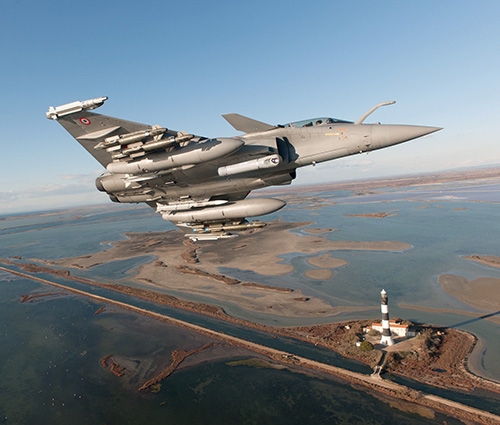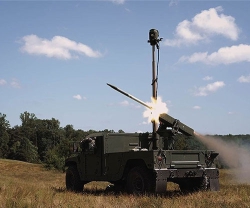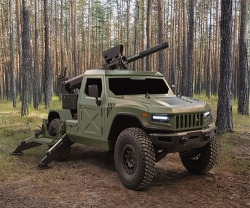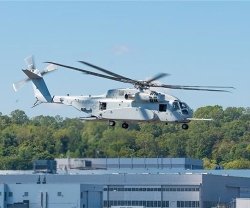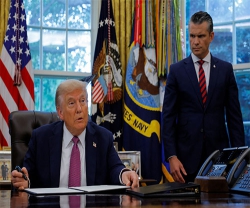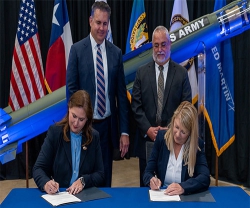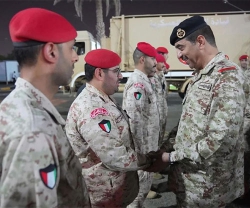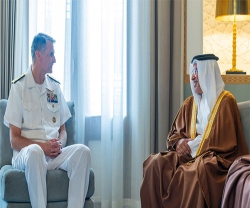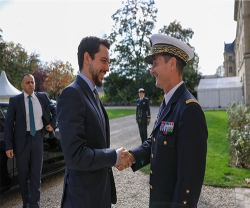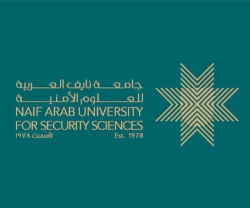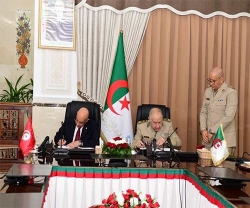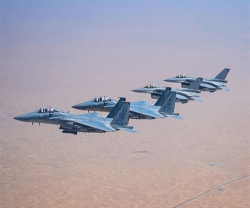On 31 October last, the F3-R standard of the Rafale was qualified by the French defense procurement agency (DGA). The development of this new standard, launched at the end of 2013, was successfully completed by Dassault Aviation and its partners in full compliance with contractual performance, schedule and budget.
The F3-R standard is an evolution of the Rafale F3 standard, with the exceptional versatility being further reinforced. It is part of the ongoing process to continuously improve the aircraft in line with the operational requirements and the feedback from experience of the pilots. It enables the Air Force and Navy Rafale aircraft to carry the following equipment and weapons:
- The European Meteor long-range air-to-air missile produced by MBDA. This high-performance- missile achieves maximum effectiveness thanks to the “active array” radar which equips all production Rafale aircraft delivered since mid-20131.
- The Thales Talios new-generation laser designator pod. Primarily used for air-to-ground- strikes, in daylight or darkness, this pod further enhances the high degree of precision that the Rafale has shown since its first engagements (in 2007 in the Afghan theatre).
- The laser homing version of the Safran AASM Air-to-Ground Modular Weapon. This family of weapons, with GPS primary guidance and an additional booster, is unmatched. It enables the Rafale to destroy targets at ranges of several tens of kilometers with metric precision. The laser homing version is particularly adapted to moving targets.
F3 R also includes upgrades to the Rafale sensors and to systems ensuring total interoperability.
The Rafale continuous improvement approach is now looking to the F4 standard, development of which should begin soon, after completion of the ongoing feasibility studies. This future standard will notably improve the connectivity of the Rafale and its ability to operate as part of a network.
Dassault Aviation and its partners associated with the Rafale program thank the Ministry of Defense, the DGA, the French Air Force and the French Navy for their confidence.
The only totally “omnirole” aircraft in the world, able to operate from a land base or an aircraft carrier, capable of carrying 1.5 times its weight in weapons and fuel, the Rafale has been designed to perform the full spectrum of combat aircraft missions:
- Interception and air-to-air combat using a 30-mm gun, Mica IR/EM missiles and Meteor missiles.
- Close air support using a 30-mm gun, GBU laser-guided bombs and AASM GPS-guided bombs.
- Deep strike using Scalp/Storm Shadow cruise missiles.
- Maritime strike using the Exocet AM39 Block 2 missile and other air-to-surface weapons.
- Real-time tactical and strategic reconnaissance using the Areos pod.
- Buddy-buddy in-flight refueling.
- Nuclear deterrence using the ASMP-A missile.
The Rafale entered service with the French Navy in 2004 and with the French Air Force in 2006, gradually replacing the seven types of previous-generation combat aircraft.
The Rafale has proven itself in external operations in various theatres: Afghanistan, Libya, Mali, Iraq and Syria. Of the 180 aircraft ordered by France to date, 151 have been delivered. The Rafale fleet currently totals almost 260,000 flight hours, including 40,000 in operations.
With over 10,000 military and civil aircraft delivered in more than 90 countries over the last century, Dassault Aviation has built up expertise recognized worldwide in the design, development, sale and support of all types of aircraft, ranging from the Rafale fighter, to the high-end Falcon family of business jets and military drones.
In 2017, Dassault Aviation reported revenues of €4.8 billion. The company has 11,400 employees.

